A Wearable Monitor to Detect Tripping During Daily Life in Children with Intoeing Gait
Abstract
Highlights
- A miniature, wearable monitor is developed to log tripping and steps taken in intoeing children during two weeks of daily life.
- Monitoring tripping in children during daily life will aid clinical assessment and treatment evaluation and improve artificial intelligence understanding of gait.
Abstract
1. Introduction
1.1. Overview
1.2. Previous Work
1.3. RFID/NFC Measurement of Inter-Foot Distance
1.4. Step Counting
1.5. RFID Antenna
1.6. Tag Target
2. Materials and Methods
2.1. Prototype Sniffer-Based Tripping Monitor
2.1.1. Block Diagram
2.1.2. Sensor
2.1.3. Data Processing and Storage
2.2. Sniffing Rate Testing
2.3. Battery Capacity Testing
2.4. Step Count Testing
2.5. Human Participants Study
2.6. Graphical User Interface (GUI)
3. Results
3.1. Sniffing Rate Results
3.2. Battery Capacity Results
3.3. Step Count Results
3.4. Human Participants Study Results
3.5. GUI Results
3.6. Improved Monitor
4. Discussion
Author Contributions
Funding
Institutional Review Board Statement
Informed Consent Statement
Data Availability Statement
Acknowledgments
Conflicts of Interest
Abbreviations
| ADC | Analog-to-Digital Converter |
| AI | Artificial Intelligence |
| COMP | Comparator |
| FSR | Force Sensitive Resistor |
| GUI | Graphical User Interface |
| LED | Light-Emitting Diode |
| MCU | Microcontroller |
| NFC | Near-Field Communication |
| PCB | Printed Circuit Board |
| RFID | Radio Frequency Identification |
| RSSI | Received Signal Strength Indicator |
| SCNC | Shriners Children’s Northern California |
| THE | Tripping Hazard Event |
| TI | Texas Instruments |
| TNP | True Negative Percentage |
| TPP | True Positive Percentage |
| UID | Unique Identification Number |
References
- Davids, J.R.; Davis, R.B.; Jameson, L.C.; Westberry, D.E.; Hardin, J.W. Surgical management of persistent intoeing gait due to increased internal tibial torsion in children. J. Pediatr. Orthop. 2014, 34, 467–473. [Google Scholar] [CrossRef]
- Naqvi, G.; Stohr, K.; Rehm, A. Proximal femoral derotation osteotomy for idiopathic excessive femoral anteversion and intoeing gait. SICOT J. 2017, 3, 49. [Google Scholar] [CrossRef]
- Chandrananth, J.; Hannan, R.; Bouton, D.; Raney, E.; Sienko, S.; Do, P.; Bauer, J. The effects of lower extremity rotational malalignment on pediatric patient-reported outcomes measurement and information system (PROMIS) scores. J. Pediatr. Orthop. 2022, 42, e889–e894. [Google Scholar] [CrossRef]
- Cao, Y.; Zhuang, H.; Zhang, X.; Guo, R.; Pang, H.; Zheng, P.; Xu, H. Impact of foot progression angle on spatiotemporal and plantar loading pattern in intoeing children during gait. Sci. Rep. 2024, 14, 14402. [Google Scholar] [CrossRef]
- Rygelová, M.; Uchytil, J.; Torres, I.E.; Janura, M. Comparison of spatiotemporal gait parameters and their variability in typically developing children aged 2, 3, and 6 years. PLoS ONE 2023, 18, 5. [Google Scholar] [CrossRef] [PubMed]
- Gill, S.V.; Keimig, S.; Kelty-Stephen, D.; Hung, Y.-C.; DeSilva, J.M. The relationship between foot arch measurements and walking parameters in children. BMC Pediatr. 2016, 16, 15. [Google Scholar] [CrossRef]
- Akgülle, A.H.; Haidar, M.; Baştürk, D.K.; Gündoğdu, M.; Coşkun, Ö.K. Hawthorne Effect in gait analysis of children with in-toeing caused by increased femoral anteversion. Indian J. Orthop. 2022, 56, 1789–1794. [Google Scholar] [CrossRef] [PubMed]
- Kompier, M.A.J. The “Hawthorne effect” is a myth, but what keeps the story going? Scand. J. Work Environ. Health 2006, 32, 402–412. [Google Scholar] [CrossRef]
- Ahn, J.K.; Kwon, D.R.; Park, G.Y.; Lee, K.H.; Rim, J.H.; Jung, W.B.; Kwon, D.G. Therapeutic effect of microcurrent therapy in children with in-toeing gait caused by increased femoral anteversion: A pilot study. Ann. Rehabil. Med. 2017, 41, 104–112. [Google Scholar] [CrossRef] [PubMed]
- Barral, C.G.; Servais, L. Wearable sensors in paediatric neurology. Invited review. Dev. Med. Child Neurol. 2025, 67, 834–853. [Google Scholar] [CrossRef]
- Hulleck, A.A.; Menoth Mohan, D.; Abdallah, N.; El Rich, M.; Khalaf, K. Present and future of gait assessment in clinical practice: Towards the application of novel trends and technologies. Front. Med. Technol. 2022, 4, 901331. [Google Scholar] [CrossRef]
- Smith, W.D.; Bagley, A. Activity Monitoring. U.S. Patent 8,152,745 B2, 10 April 2012. [Google Scholar]
- Smith, W.D.; Bagley, A. A miniature, wearable activity/fall monitor to assess the efficacy of mobility therapy for children with cerebral palsy during everyday living. In Proceedings of the 32nd Annual International IEEE EMBS Conference, Buenos Aires, Argentina, 31 August–4 September 2010; pp. 5030–5033. [Google Scholar]
- Novosel, I.B.; Ritterband-Rosenbaum, A.; Zampoukis, G.; Nielsen, J.B.; Lorentzen, J. Accurate monitoring of 24-h real-world movement behavior in people with cerebral palsy is possible using multiple wearable sensors and deep learning. Sensors 2023, 23, 9045. [Google Scholar] [CrossRef]
- Bao, B.; Zhu, A.; Tu, Y.; Song, J.; Zheng, C.; Li, M.; Shi, L.; Liu, Y.; Li, X.; Guan, Z. A novel cascaded multimodal information fusion approach for stable real-time lower limb motion recognition via portable sensors. IEEE Internet Things J. 2025, 12, 41880–41890. [Google Scholar] [CrossRef]
- Salis, F.; Bertuletti, S.; Bonci, T.; Caruso, M.; Scott, K.; Alcock, L.; Buckley, E.; Gazit, E.; Hansen, C.; Schwickert, L.; et al. A multi-sensor wearable system for the assessment of diseased gait in real-world conditions. Front. Bioeng. Biotechnol. Sec. Biomech. 2023, 11, 1143248. [Google Scholar] [CrossRef] [PubMed]
- Qiu, S.; Liu, L.; Zhao, H.; Wang, Z.; Jiang, Y. MEMS inertial sensors based gait analysis for rehabilitation assessment via multi-sensor fusion. Micromachines 2018, 9, 442. [Google Scholar] [CrossRef] [PubMed]
- Chen, J.; Sun, Y.-H.; Pickett, K.A.; King, B.; Hu, Y.H.; Jiang, H. A wearable gait monitoring system for 17 gait parameters based on computer vision. IEEE Trans. Instrum. Meas. 2025, 74, 5027114. [Google Scholar] [CrossRef] [PubMed]
- Tsakonas, P.; Evans, N.D.; Andrews, B.J. The TripAnalyser: A wearable system to assess gait and potential tripping. Acta Orthop. Trauma. Hell. 2021, 72, 124–130. [Google Scholar]
- Jacob, S.; Fernie, G.; Roshan Fekr, A. A novel wearable biofeedback system to prevent trip-related falls. Heliyon 2024, 10, e26291. [Google Scholar] [CrossRef]
- Trojaniello, D.; Cereatti, A.; Bourke, A.K.; Aminian, K.; Della Croce, U. A wearable system for the measurement of the inter-foot distance during gait. In Proceedings of the 18th International Workshop on ADC Modelling and Testing Research on Electric and Electronic Measurement for the Economic Upturn, Benevento, Italy, 15–17 September 2014. [Google Scholar]
- GP2Y0A41SK0F Distance Measuring Sensor Unit, Sheet No. OP13008EN, Sharp Corp., Japan. Available online: https://global.sharp/products/device/lineup/data/pdf/datasheet/gp2y0a41sk_e.pdf (accessed on 9 September 2025).
- Bertuletti, S.; Della Croce, U.; Cereatti, A. A wearable solution for accurate step detection based on the direct measurement of the inter-foot distance. J. Biomech. 2019, 84, 274–277. [Google Scholar] [CrossRef]
- VL6180X Proximity and Ambient Light Sensing (ALS) Module, DocID026171 Rev 7. STMicroelectronics. 2016. Available online: https://www.st.com/resource/en/datasheet/vl6180x.pdf (accessed on 9 September 2025).
- Rossanigo, R.; Caruso, M.; Bertuletti, S.; Deriu, F.; Knaflitz, M.; Della Croce, U.; Cereatti, A. Base of support, step length and stride width estimation during walking using an inertial and infrared wearable system. Sensors 2023, 23, 3921. [Google Scholar] [CrossRef]
- Profetto, L.; Gherardelli, M.; Iadanza, E. Radio Frequency Identification (RFID) in health care: Where are we? A scoping review. Health Technol. 2022, 12, 879–891. [Google Scholar] [CrossRef] [PubMed]
- Amsler, S.; Shea, S. RFID (Radio Frequency Identification). Available online: https://internetofthingsagenda.techtarget.com/definition/RFID-radio-frequency-identification (accessed on 12 March 2025).
- Sun, X.; Zhao, C.; Li, H.; Yu, H.; Zhang, J.; Qiu, H.; Liang, J.; Wu, J.; Su, M.; Shi, Y.; et al. Wearable near-field communication sensors for healthcare: Materials, fabrication and application. Micromachines 2022, 13, 784. [Google Scholar] [CrossRef] [PubMed]
- ISO15693 Brief Overview–TI E2E Support Forums, Texas Instruments, Inc. Available online: https://e2e.ti.com/cfs-file/__key/communityserver-discussions-components-files/667/ISO15693_5F00_Brief_5F00_Overview.pdf (accessed on 13 March 2025).
- Kozitsky, A.; Wyatt, J.; Sturz, J.; Mayer-Zintel, J. NFC and RFID Reader Ultra-Low-Power Card Presence Detection Using MSP430 and TRF79xxA; Texas Instruments, Application Report SLOA184; March 2013. Available online: https://www.ti.com/lit/an/sloa184/sloa184.pdf (accessed on 14 October 2025).
- LaCost, E. NFC/RFID for Access Control: Sniffing for Cards; Texas Instruments, Technical Article SSZTCT7; April 2015. Available online: https://www.ti.com/lit/ta/ssztct7/ssztct7.pdf (accessed on 14 October 2025).
- Smith, W.D. Current status on development of compliance monitor for therapeutic footwear. In Proceedings of the Invited Presentation at 46th Academy Annual Meeting and Scientific Symposium, American Academy of Orthotists and Prosthetists, Chicago, IL, USA, 6 March 2020. [Google Scholar]
- Smith, W.D.; Thomas, D.; Najafi, Z.; Dupart, E. A single-use, in-shoe patient compliance monitor for therapeutic footwear. In Proceedings of the IEEE-NIH 2019 Special Topic Conference on Healthcare Innovations and Point-of-Care Technologies, National Institutes of Health Natcher Conference Center, Bethesda, MD, USA, 20 November 2019. [Google Scholar]
- MSP430FR235x, MSP430FR215x Mixed-Signal Microcontrollers, Texas Instruments, SLASEC4D, May, 2018, Revised December, 2019. Available online: https://www.ti.com/lit/ds/symlink/msp430fr2355.pdf (accessed on 14 October 2025).
- Sachs, L. Applied Statistics: A Handbook of Techniques, 2nd ed.; Springer: New York, NY, USA, 1984. [Google Scholar]
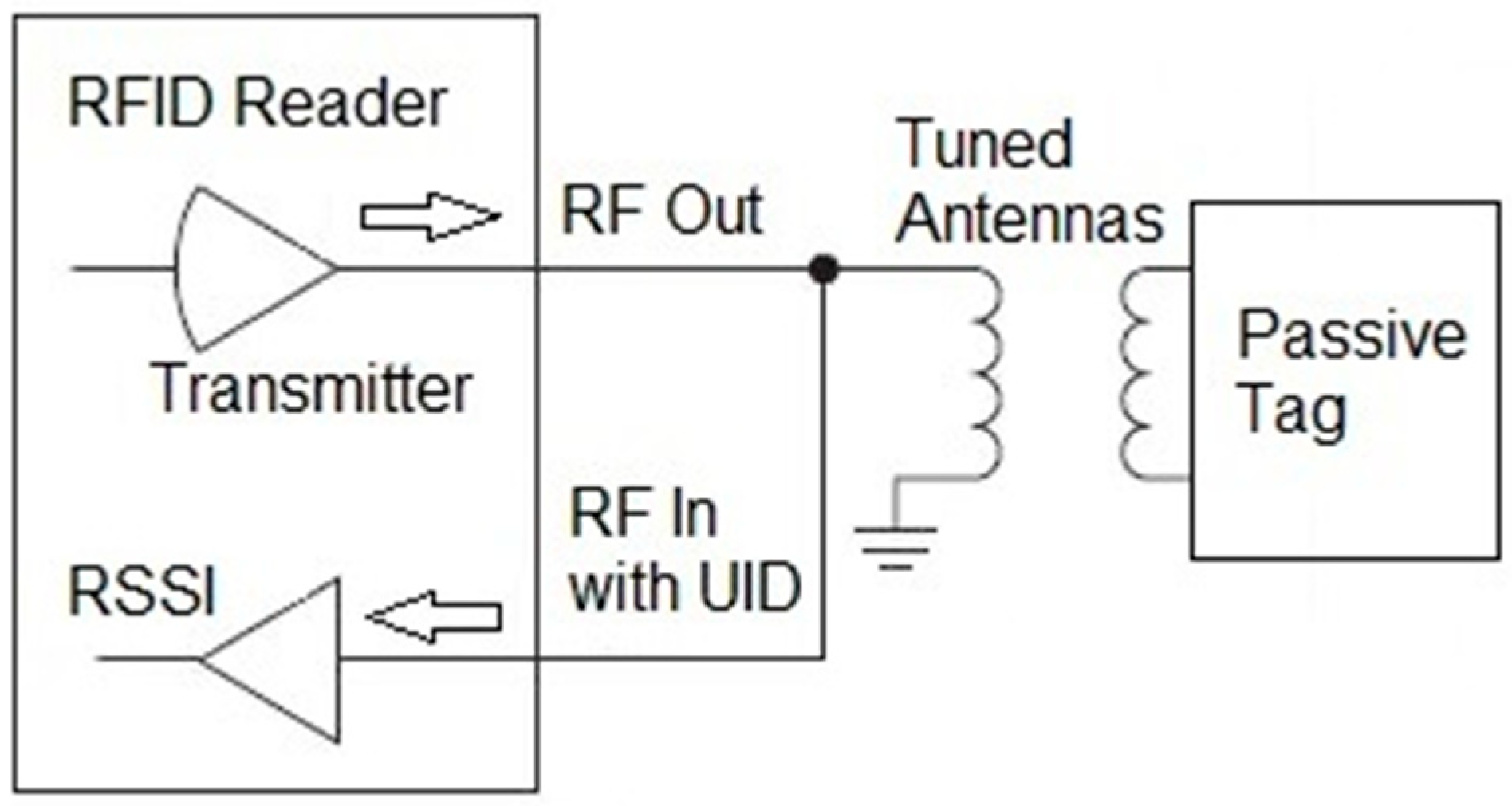
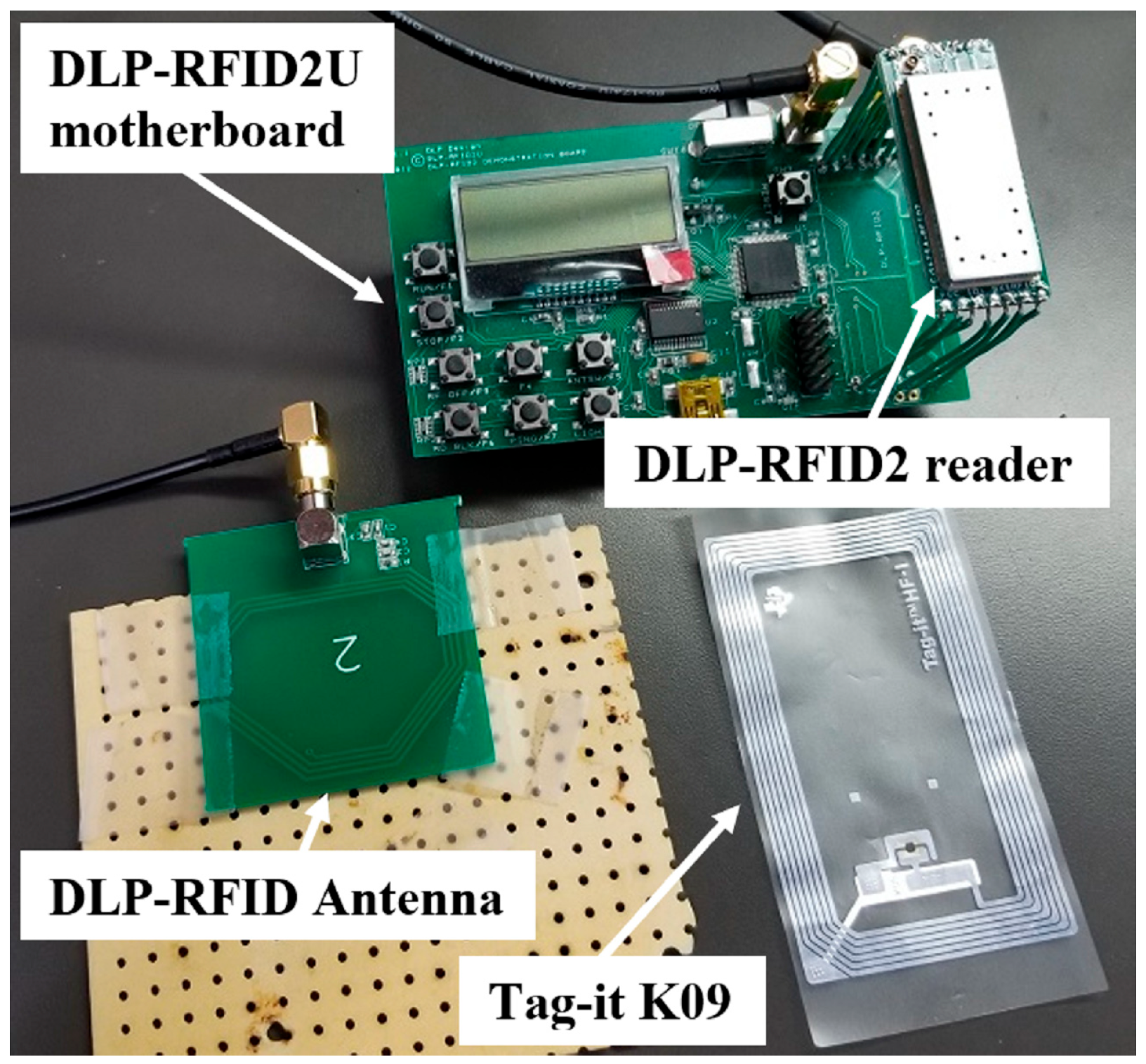
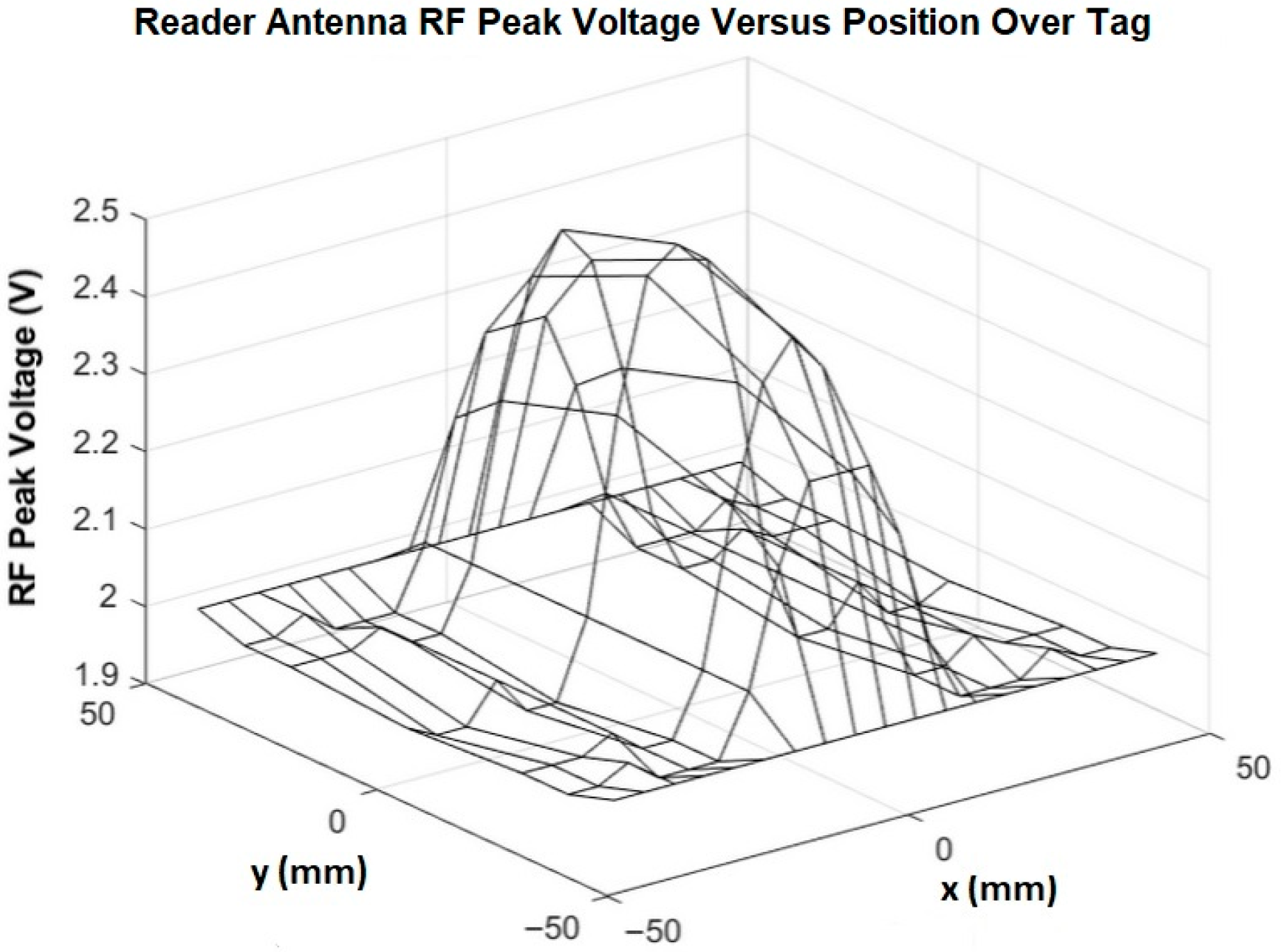
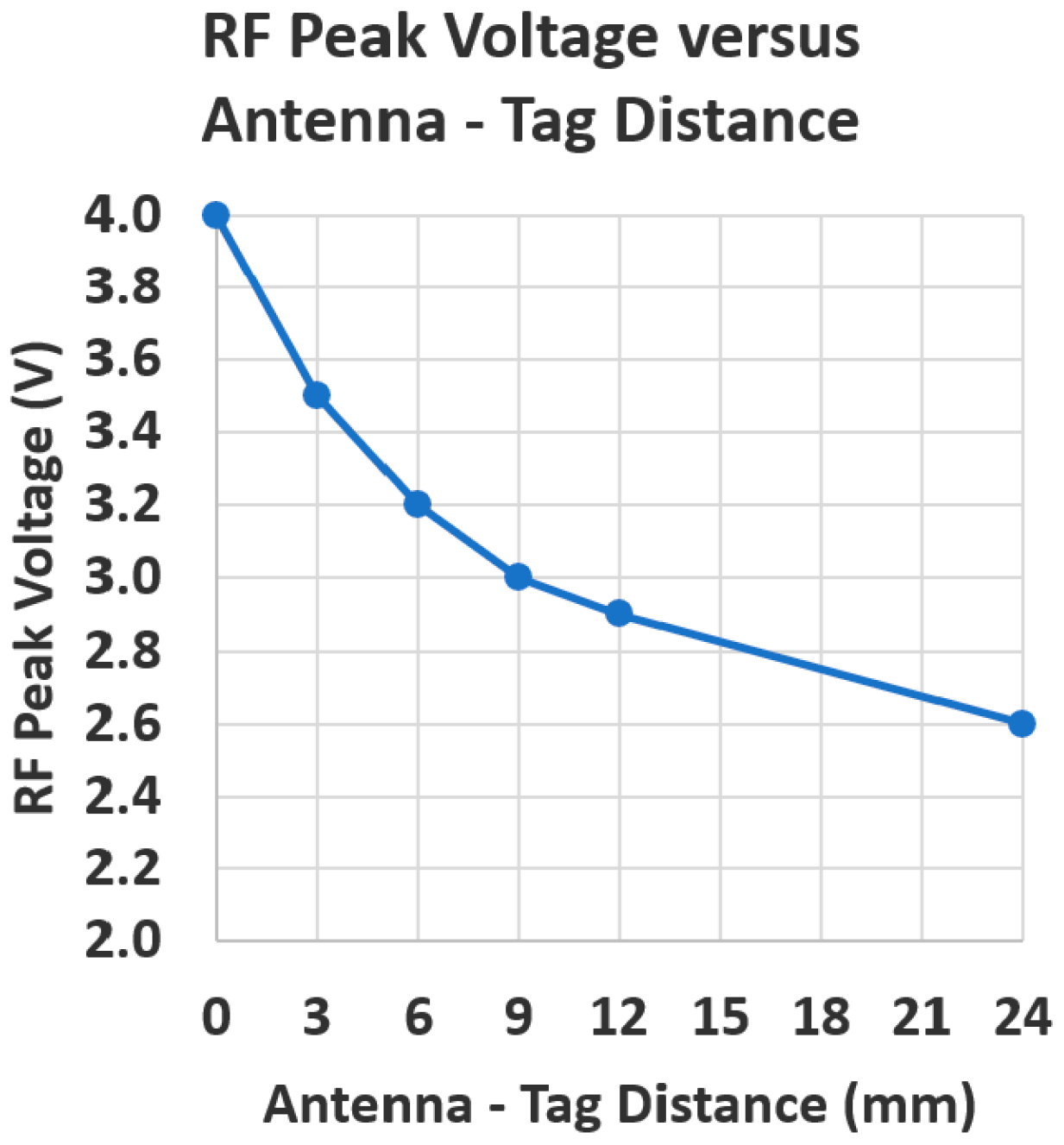
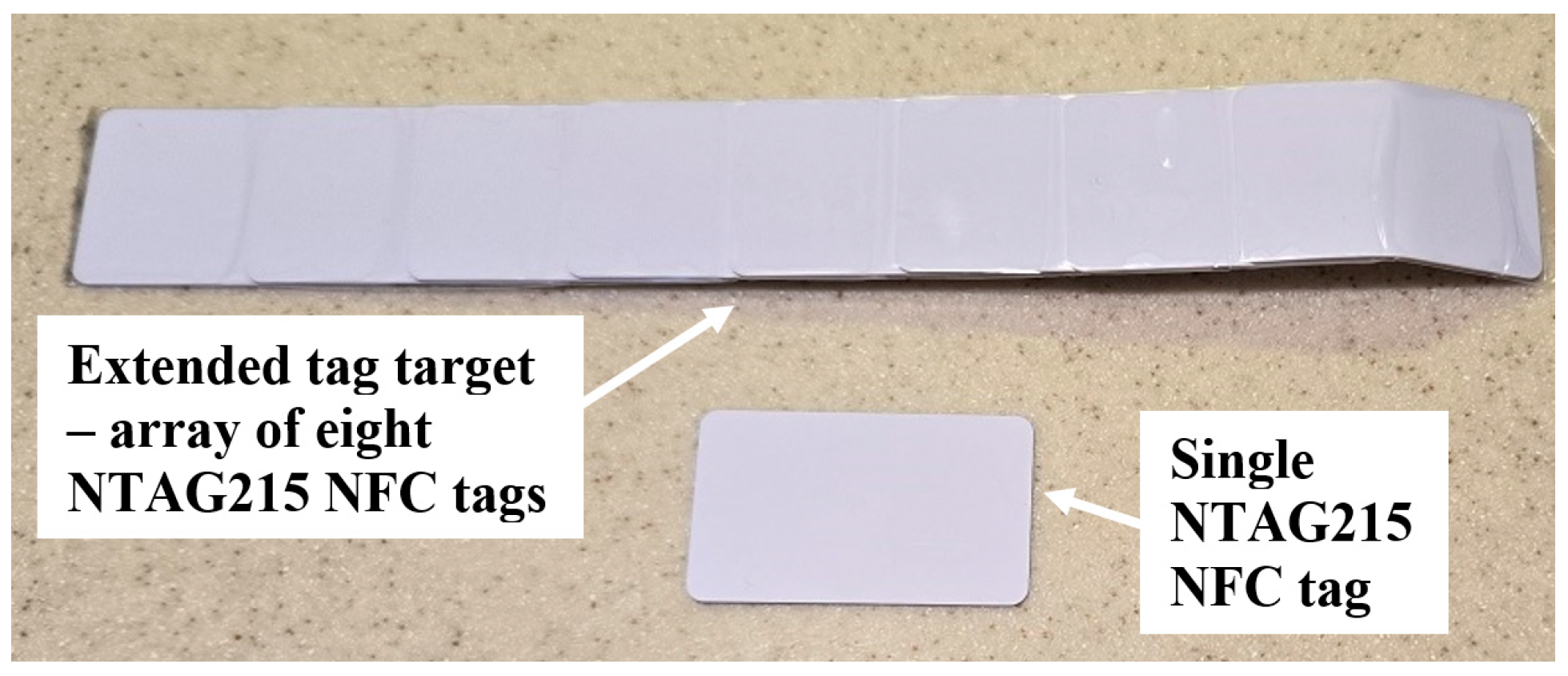

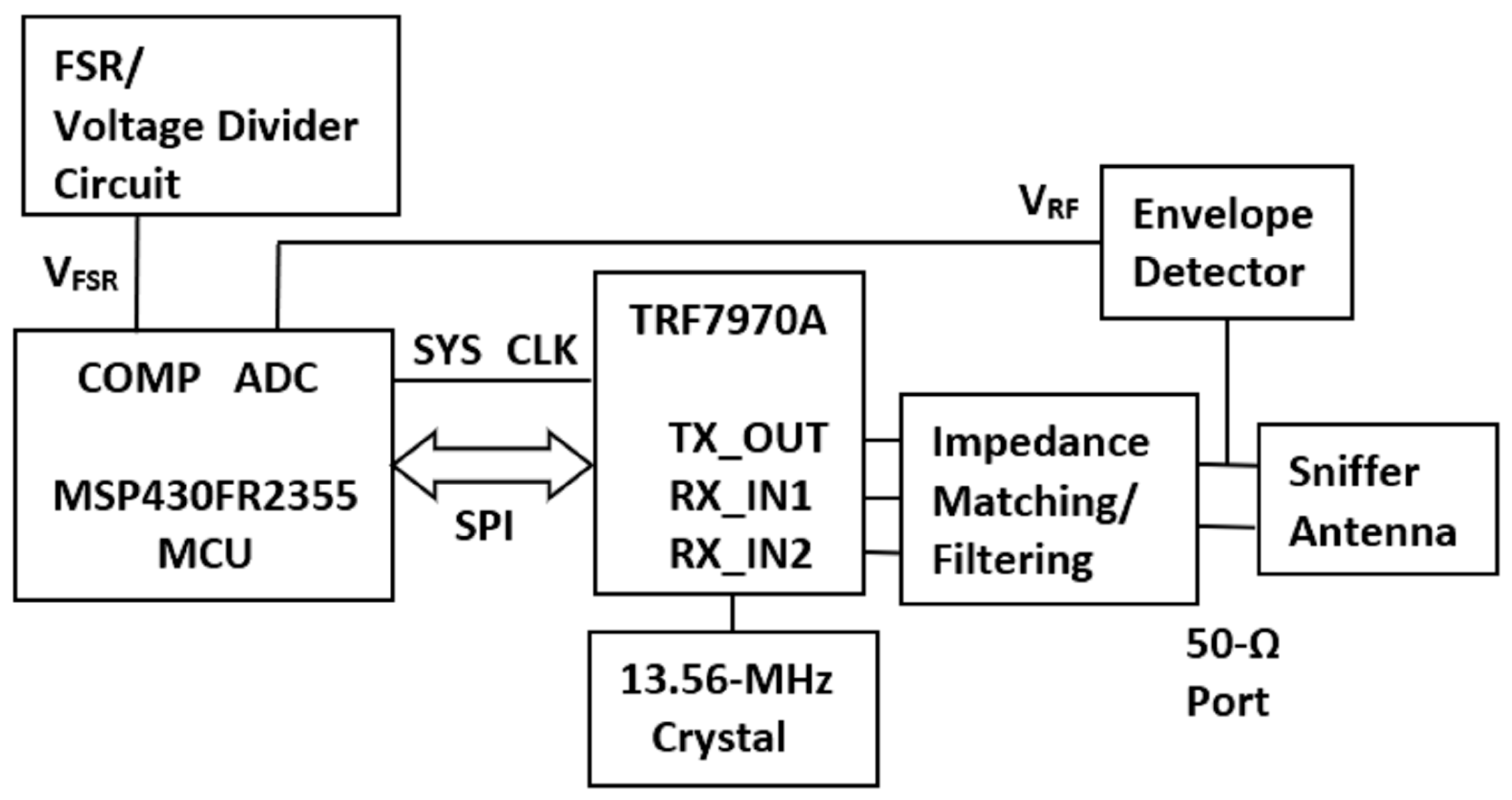
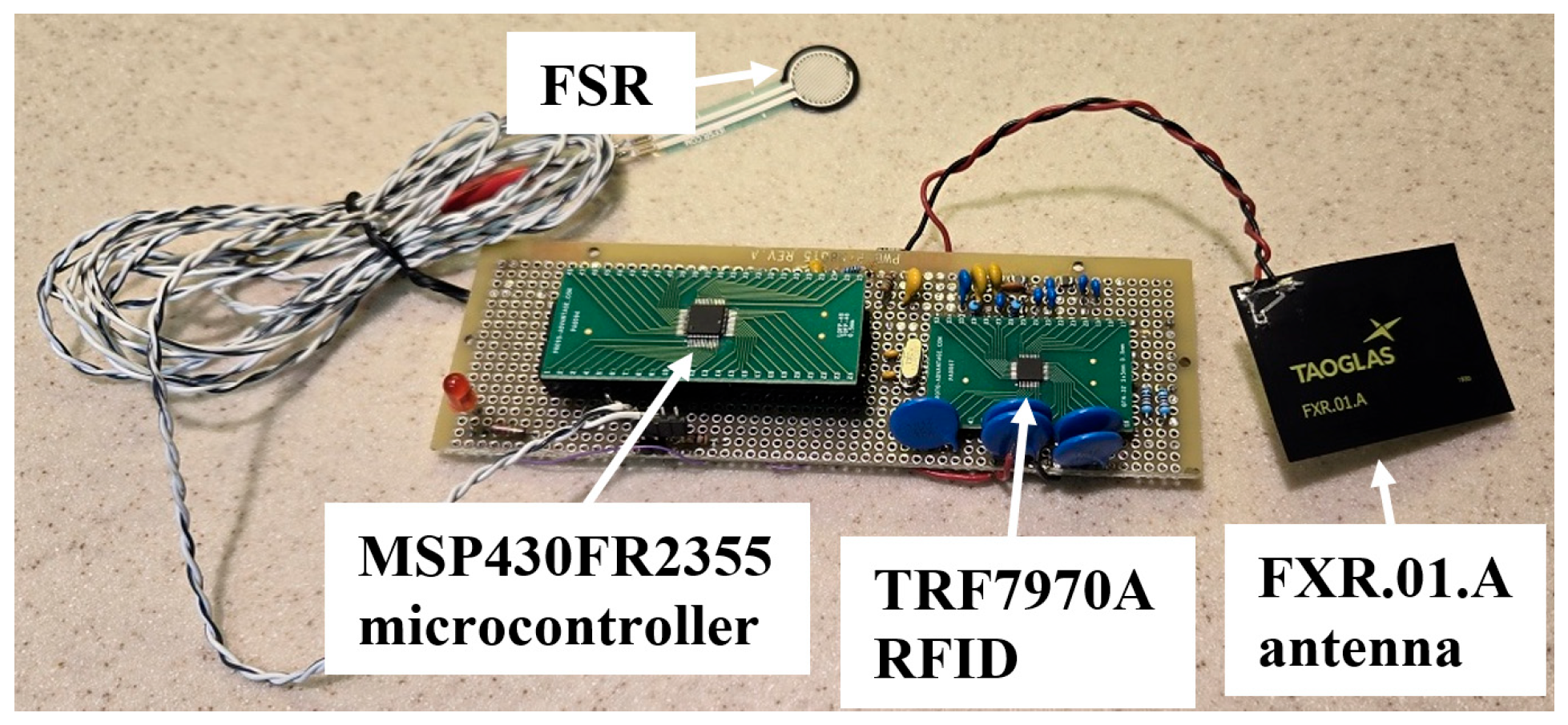
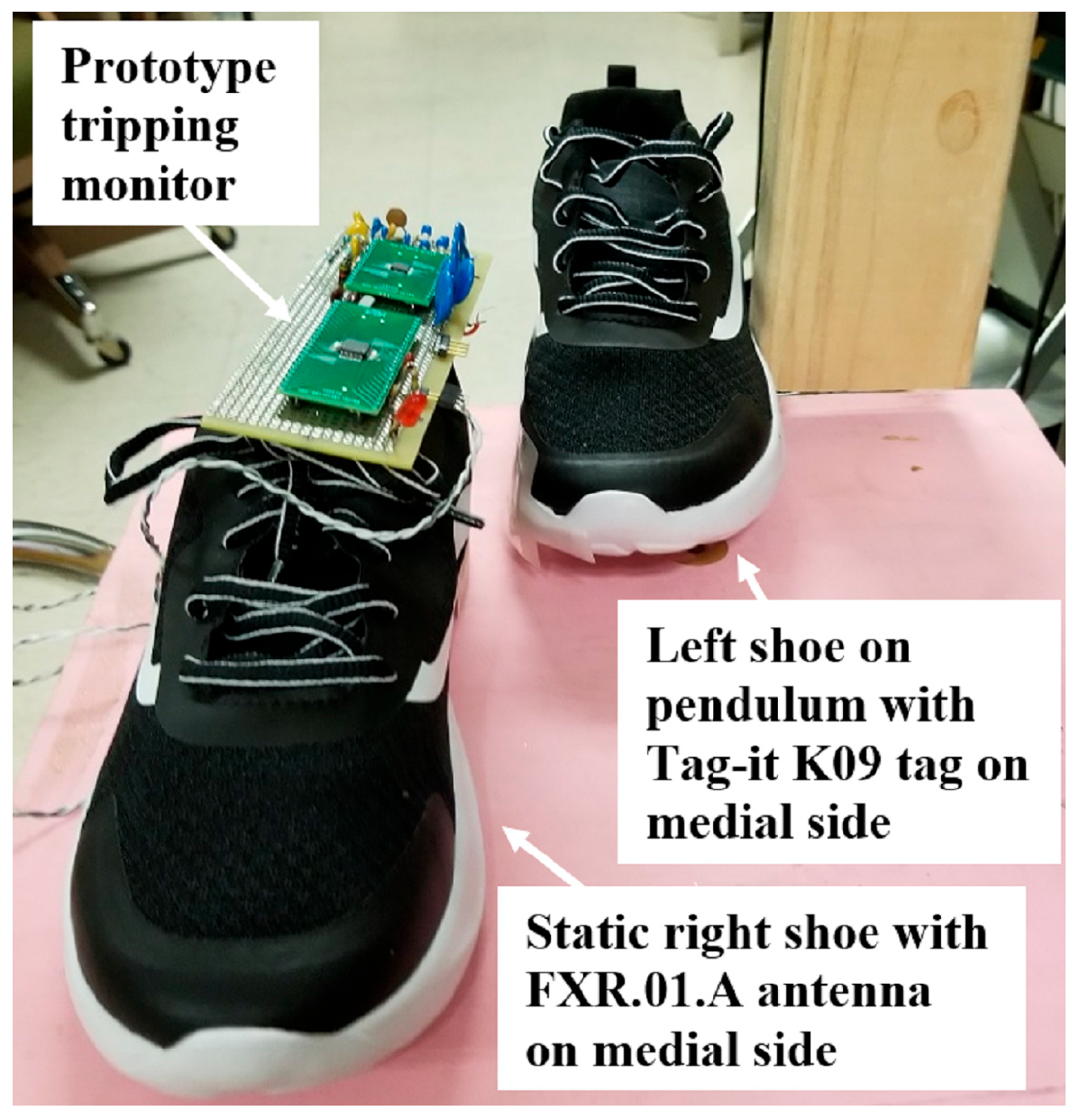
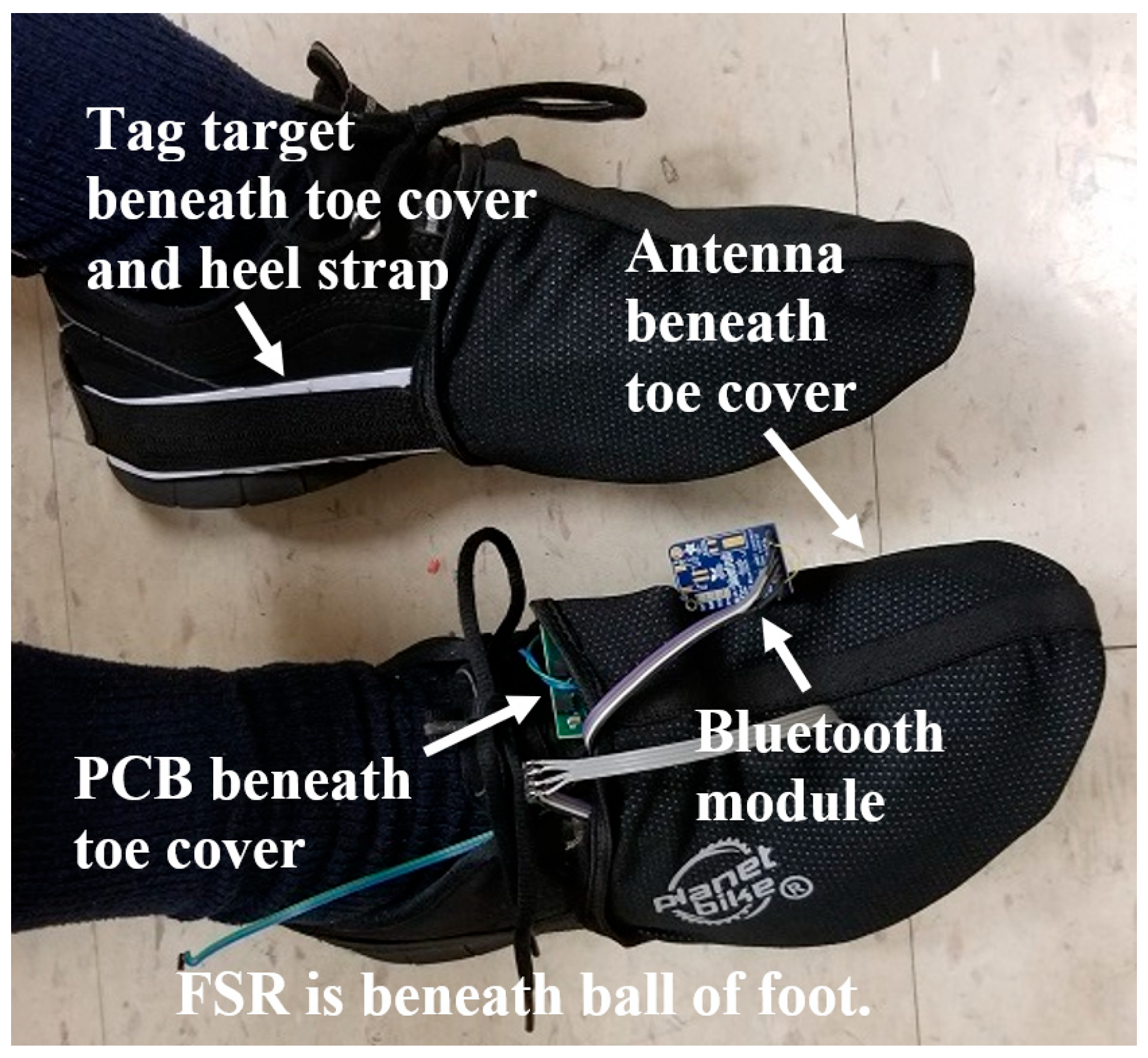
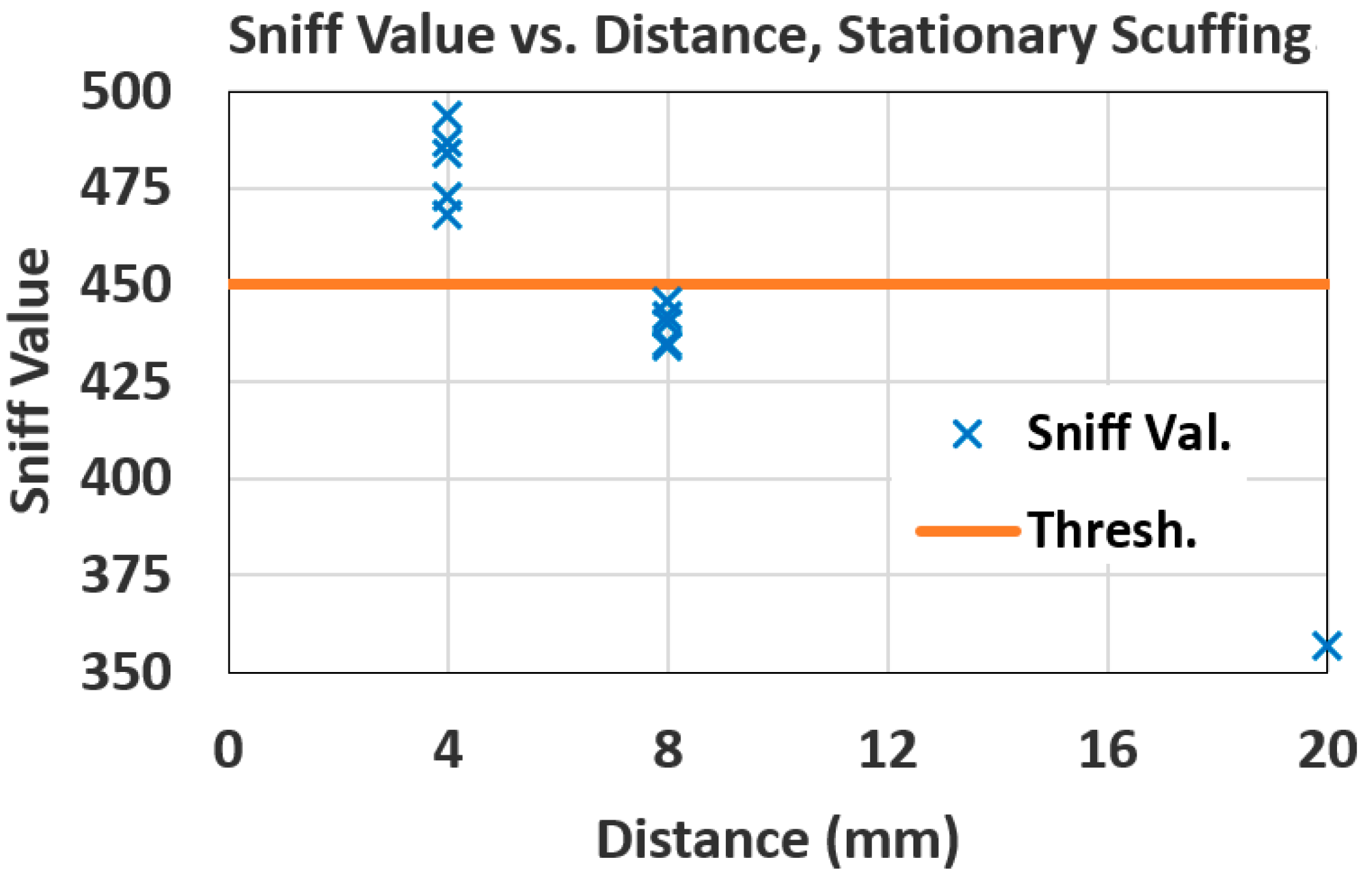



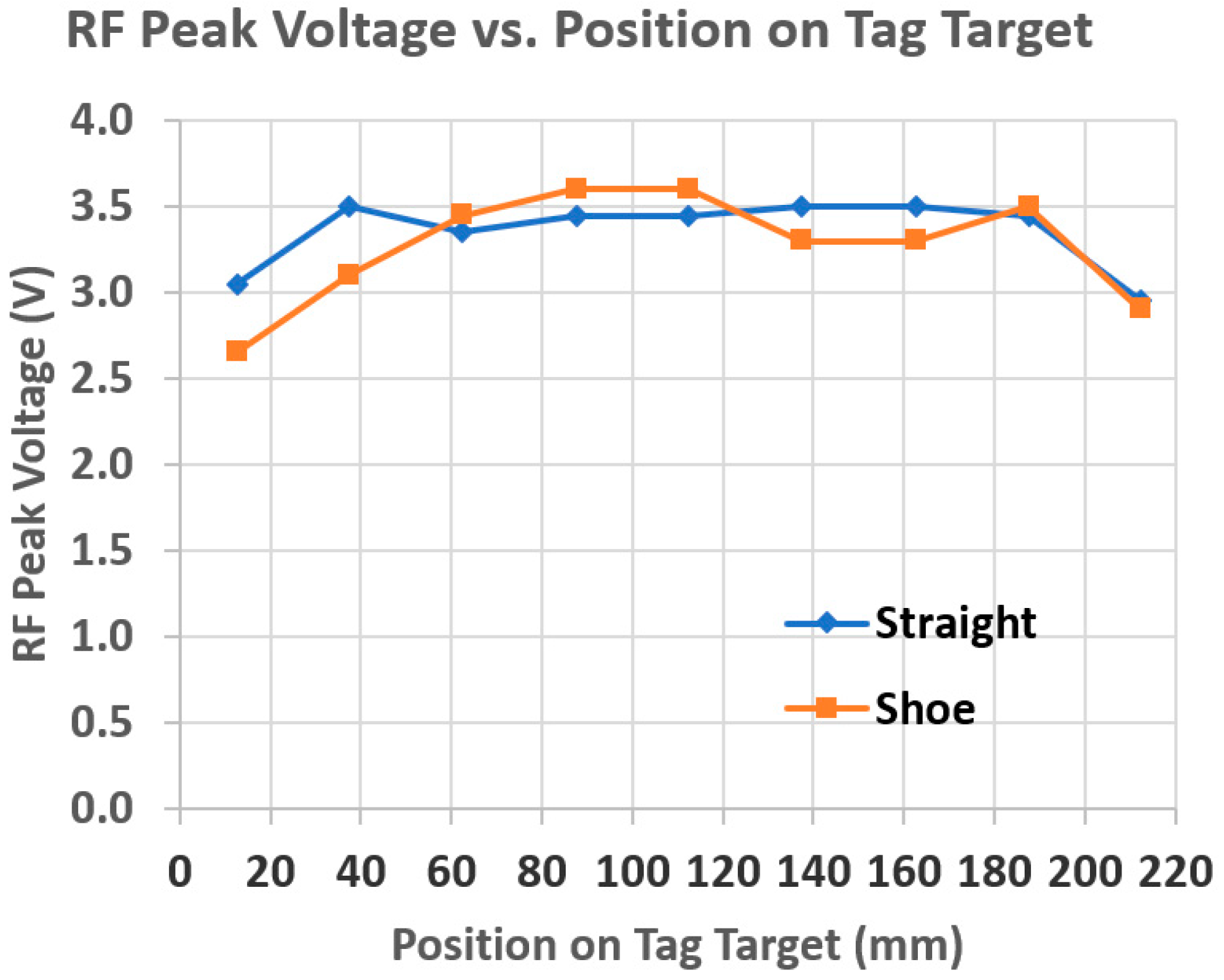
Disclaimer/Publisher’s Note: The statements, opinions and data contained in all publications are solely those of the individual author(s) and contributor(s) and not of MDPI and/or the editor(s). MDPI and/or the editor(s) disclaim responsibility for any injury to people or property resulting from any ideas, methods, instructions or products referred to in the content. |
© 2025 by the authors. Licensee MDPI, Basel, Switzerland. This article is an open access article distributed under the terms and conditions of the Creative Commons Attribution (CC BY) license (https://creativecommons.org/licenses/by/4.0/).
Share and Cite
Smith, W.; Najafi, Z.; Bagley, A. A Wearable Monitor to Detect Tripping During Daily Life in Children with Intoeing Gait. Sensors 2025, 25, 6437. https://doi.org/10.3390/s25206437
Smith W, Najafi Z, Bagley A. A Wearable Monitor to Detect Tripping During Daily Life in Children with Intoeing Gait. Sensors. 2025; 25(20):6437. https://doi.org/10.3390/s25206437
Chicago/Turabian StyleSmith, Warren, Zahra Najafi, and Anita Bagley. 2025. "A Wearable Monitor to Detect Tripping During Daily Life in Children with Intoeing Gait" Sensors 25, no. 20: 6437. https://doi.org/10.3390/s25206437
APA StyleSmith, W., Najafi, Z., & Bagley, A. (2025). A Wearable Monitor to Detect Tripping During Daily Life in Children with Intoeing Gait. Sensors, 25(20), 6437. https://doi.org/10.3390/s25206437





